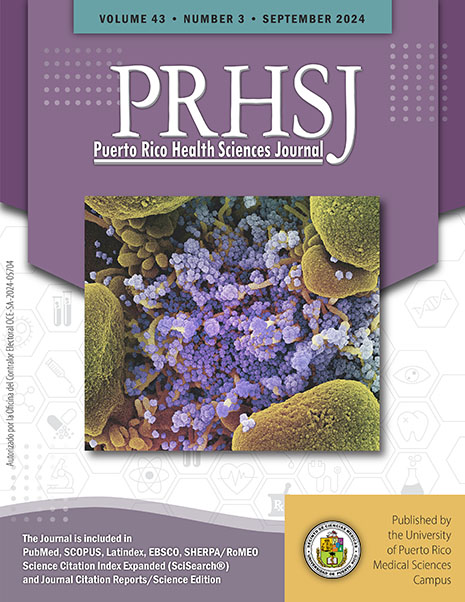Abstract
Objective: Primary ciliary dyskinesia (PCD) is a respiratory disorder that impairs mucociliary clearance, leading to decreased lung function. Conventional chest physiotherapy (CCP) is the traditional airway clearance technique (ACT) and is considered a standard treatment for PCD patients. This systematic review investigated whether device supported ACTs are better alternatives for improving lung function and/or quality of life in PCD, compared with CCP. Methods: The OVID Medline, PubMed, CINAHL, and Cochrane databases were searched. The Preferred Reporting Items for Systematic Reviews and Meta-Analyses guidelines were followed, and the Grading of Recommendations, Assessment, Development, and Evaluation approach was used to aggregate the data. This systematic review has been registered on the International Prospective Register of Systematic Reviews website. Results: Of the 389 citations that resulted from our literature search, 2 randomized crossover trials that included a total of 54 patients were analyzed. The certainty of the aggregated study evidence was very low. No difference was identified between device-supported ACTs and CCP in terms of forced vital capacity and forced expiratory volume in 1 second in PCD patients aged 6 to 20 years. Conclusion: Device-supported ACTs could be considered alternative treatment options to replace CCP. High quality research is required to confirm this result.
Authors who publish with this journal agree to the following terms:
a. Authors retain copyright and grant the journal right of first publication with the work simultaneously licensed under a Creative Commons Attribution License that allows others to share the work with an acknowledgement of the work's authorship and initial publication in this journal.
b. Authors are able to enter into separate, additional contractual arrangements for the non-exclusive distribution of the journal's published version of the work (e.g., post it to an institutional repository or publish it in a book), with an acknowledgement of its initial publication in this journal.
c. Authors are permitted and encouraged to post their work online (e.g., in institutional repositories or on their website) prior to and during the submission process, as it can lead to productive exchanges, as well as earlier and greater citation of published work (See The Effect of Open Access).
